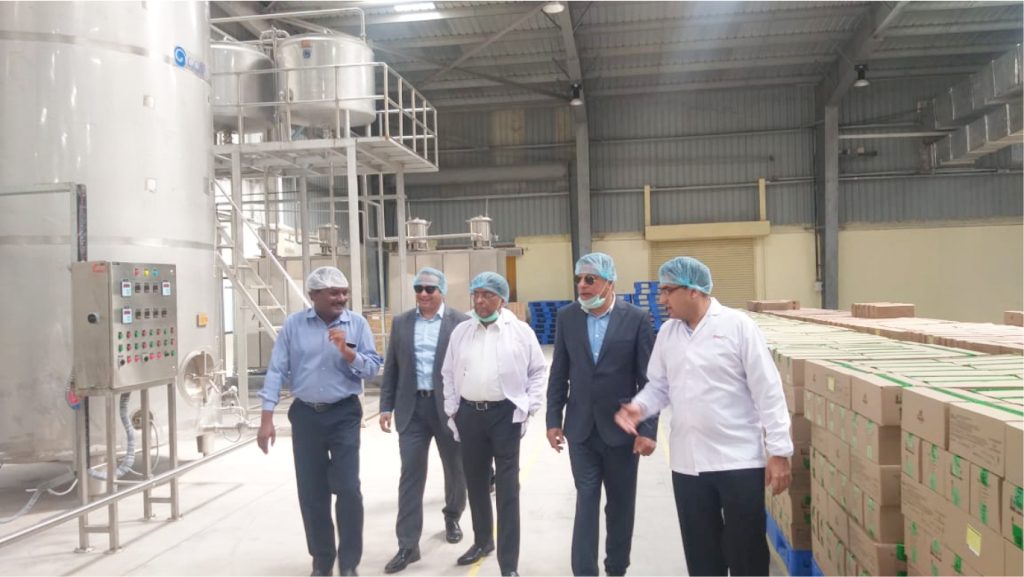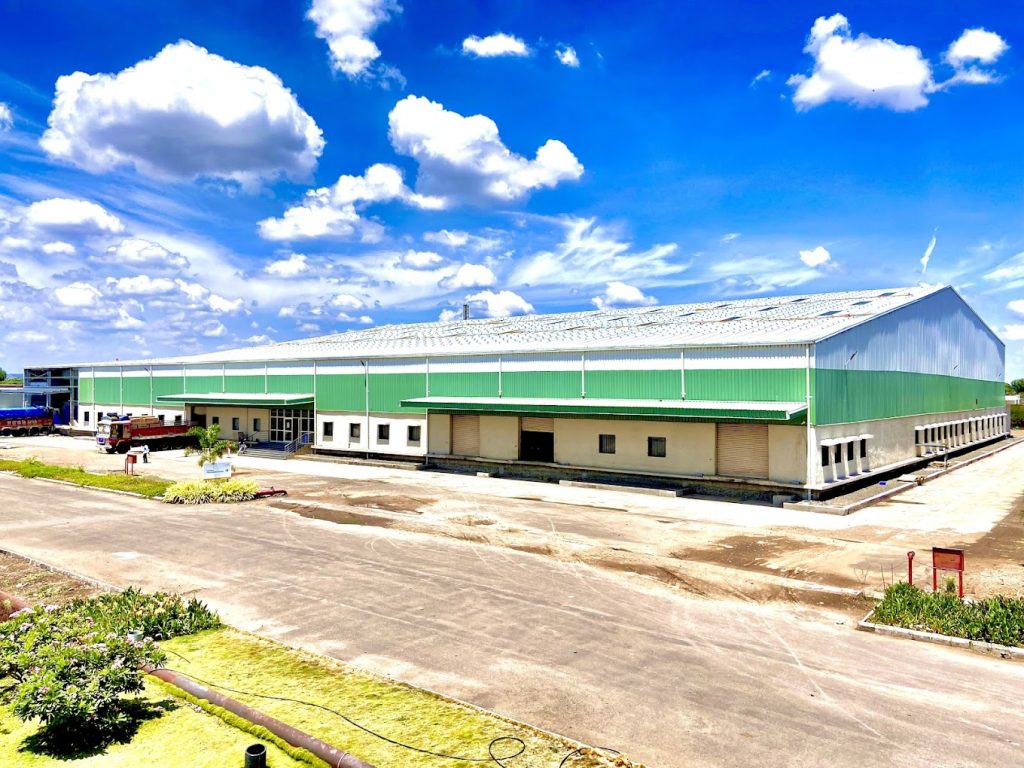Description
Paithan Mega Food Park: A Beacon of Agro-Industrial Progress
Paithan Mega Food Park, located in the Aurangabad district of Maharashtra, is a pioneering initiative aimed at revolutionizing the food processing industry in the region. Established under the Mega Food Park Scheme of the Ministry of Food Processing Industries, Government of India, this park is designed to create a robust infrastructure that connects farmers, processors, and markets, thereby enhancing the efficiency of the food supply chain and fostering economic growth.
Strategic Location and Connectivity
Paithan Mega Food Park is strategically situated in the industrially vibrant region of Aurangabad, which is well-connected by road, rail, and air. The park's proximity to major agricultural zones ensures easy access to raw materials, while its connectivity to urban markets facilitates efficient distribution of processed food products. This location advantage plays a crucial role in minimizing transportation costs and time, thereby enhancing the overall competitiveness of the park's stakeholders.
Comprehensive Infrastructure and Facilities
The park is spread over a sprawling area, offering world-class infrastructure and facilities designed to support various stages of the food processing value chain:
Primary Processing Centers (PPCs): These centers are equipped with facilities for grading, sorting, and packaging raw agricultural produce. PPCs ensure that farmers can add value to their products right at the farm gate, increasing their marketability and reducing post-harvest losses.
Central Processing Center (CPC): The CPC is the heart of the Mega Food Park, housing advanced processing units for a wide range of food products. It includes facilities for milling, pulping, juicing, freezing, and drying, enabling the conversion of raw materials into finished and semi-finished goods.
Cold Storage and Warehousing: The park boasts extensive cold storage and warehousing facilities that ensure the freshness and quality of perishable goods. These facilities are crucial for maintaining the supply chain's integrity, especially for temperature-sensitive products.
Quality Control and Testing Laboratories: To maintain high standards of food safety and quality, the park is equipped with state-of-the-art laboratories. These labs conduct rigorous testing and quality checks, ensuring that all products meet national and international standards.
Packaging Units: Modern packaging units at the park help extend the shelf life of processed food products and enhance their appeal to consumers. Innovative packaging solutions also contribute to reducing food wastage.
Economic and Social Impact
Paithan Mega Food Park is a catalyst for economic development in the region. It generates direct and indirect employment opportunities, providing livelihoods to thousands of people, including farmers, laborers, and skilled professionals. By creating a seamless linkage between agriculture and industry, the park empowers farmers with better prices for their produce and reduces their dependency on middlemen.
The park also fosters entrepreneurship and innovation in the food processing sector. Small and Medium Enterprises (SMEs) benefit from the shared infrastructure and facilities, which reduce their capital investment requirements and operational risks. This inclusive approach promotes the growth of local businesses and contributes to the region's overall economic prosperity.
Sustainability and Innovation
Paithan Mega Food Park emphasizes sustainability and eco-friendly practices. The park incorporates green technologies such as rainwater harvesting, waste management systems, and renewable energy sources. These initiatives minimize the environmental footprint of food processing activities and align with global sustainability goals.
Conclusion
Paithan Mega Food Park is a landmark project that epitomizes the synergy between agriculture and industry. By providing a comprehensive ecosystem for food processing, the park enhances the efficiency and profitability of the food supply chain, benefiting farmers, processors, and consumers alike. Its focus on sustainability, innovation, and community empowerment makes it a model for future agro-industrial projects in India and beyond.






